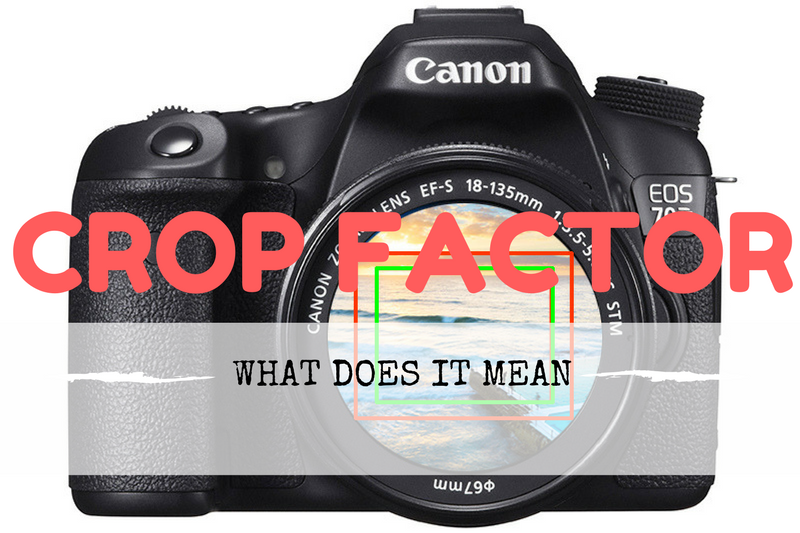

Camera crop factor full#
They have a magnification of 2x, which results in a 50mm lens having an equivalent focal length of 100mm.ĪPS-H is Canon’s unique sensor size, which is somewhere between full frame and APS-C. Micro Four Thirds was the standard sensor for DSLR and mirrorless cameras. What Are Different Types of Crop Factors?Ĭrop factor is visible when shooting with APS-C, APS-H, Micro Four Thirds, compact cameras, and smartphones. Crop sensor sizes tend to vary between manufacturers. Full frame sensors are all the same size. Then the sensor crops it depending on the sensor size. A circular lens produces a circular image. This results in the edges of the image being cropped out.Īs you can see, you are cropping a lot of the frame when you use a full frame lens. It brings the image closer so that it fills the frame. On the right, you see what the camera is doing when using a full frame lens on a crop sensor camera. You can see that the lens covers a wider area than the crop sensor can capture.

On the left, you can see the projection of the image projected onto a crop sensor. In both below pictures, there is a full frame lens inserted on a full frame camera. Putting one of these lenses onto a body with a crop sensor produces the crop factor. Most professional lenses were designed for full frame cameras. Full frame lenses cover a wider area than the crop sensor can capture. Professional cameras have a sensor the same size as a piece of 35mm film. When digital cameras were made with smaller sensors, it resulted in smaller and cheaper camera bodies. It was the origin of the modern crop sensor and gave amateur photographers advanced customisability.ĭigital cameras reinvented and interpreted this technology. APS (Advanced Photo System) was a film cameras format that utilised three image formats at once.


 0 kommentar(er)
0 kommentar(er)
